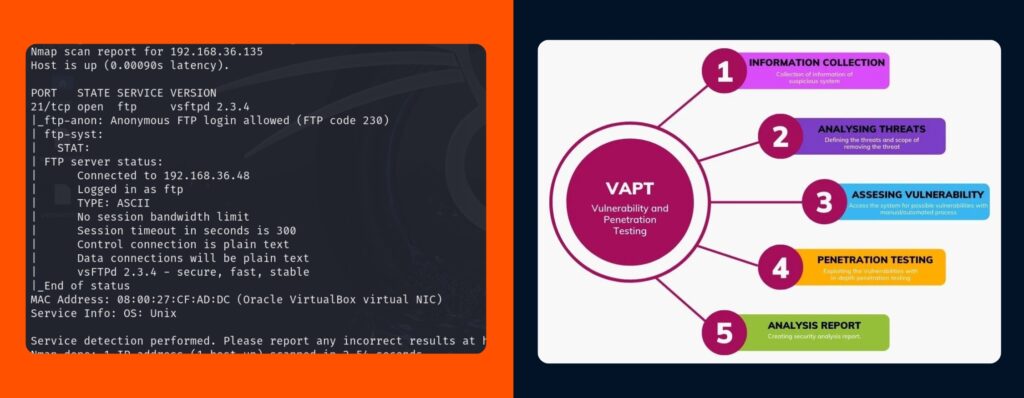Introduction
Branding is not merely a logo design or a catchy slogan; it encapsulates the essence of an organization, forming understandings and emotions around it. In a period where consumers are swamped with choices, efficient branding becomes important for identifying oneself from rivals. This post delves into The Function of Branding in Building Client Loyalty and Trust, checking out how strong branding strategies can boost customer relationships, drive success in franchise digital marketing loyalty, and foster trust.
Understanding Branding: Meaning and Importance
What is Branding?
Branding refers to the process of producing a special identity for a services or product through various elements like name, logo, design, message, and overall experience. It acts as the face of an organization in the marketplace.
Why is Branding Important?
Effective branding fosters recognition and establishes trustworthiness. When consumers resonate with a brand's values and mission, they are more likely to choose it over competitors consistently.
The Function of Branding in Structure Client Loyalty and Trust
Creating Emotional Links with Customers
Branding goes beyond transactional relationships. By forming emotional connections with consumers, brand names can cultivate loyalty that lasts beyond individual purchases.
Delivering Consistency Across Touchpoints
A cohesive brand message across all platforms-- be it social media, sites, or customer care-- builds trust. Consistency assures clients that they can anticipate the very same quality and service whenever they engage with your brand.
Elements of Effective Branding Strategy
1. Brand Identity Design
Logo Design
Your logo is frequently the first impression customers have of your brand. A well-designed logo design ought to be memorable and show your brand's personality.
Color Palettes
Colors stimulate emotions; hence, choosing a proper color combination is vital for strengthening your brand identity.
2. Brand Messaging
Taglines and Slogans
Catchy taglines can communicate what your brand name represents succinctly. They function as verbal shorthand for your worth proposition.
Brand Voice
Your interaction design (official or informal) shapes how customers view your brand name's personality.
3. Brand Storytelling
Sharing stories about your brand name's journey can humanize it. People love stories; they produce relatability that cultivates connection.
Incorporating Digital Marketing Strategies into Branding
1. SEO Solutions: Enhancing Online Presence
Search Engine Optimization (SEO) plays a substantial role in ensuring your branding reaches its target market successfully. Great SEO practices help enhance presence on search engines-- making it easier for possible clients to find you.
2. Web Design & Advancement: User Experience Matters
An user-friendly site enhances user experience and shows positively on your branding efforts. Buying quality web development services ensures that users enjoy their interaction with your online presence.
3. E-Commerce Advancement: Enhancing Online Shopping Experiences
For brand names running online shops, e-commerce advancement is important for supplying seamless shopping experiences that align with your branding strategy.
The Impact of Social Media on Branding Strategy
Building Neighborhood Through Engagement
Social media allows brand names to engage directly with customers, creating communities around shared values which enhances consumer loyalty.
User-Generated Content as a Trust Signal
When clients share their experiences with your products on social media, it provides social evidence-- an effective tool in structure trust amongst potential buyers.
Measuring Brand name Commitment and Trustworthiness
Key Efficiency Indicators (KPIs)
To understand how well your branding efforts translate into commitment and trust, screen KPIs such as:
- Customer Lifetime Worth (CLV) Net Promoter Score (NPS) Customer Retention Rate
1. Studies and Feedback
Regularly obtaining feedback from customers helps gauge their understanding of your brand name's trustworthiness.
Challenges in Structure Brand Loyalty and Trust
1. Increased Competition
With countless choices available to customers today, sticking out becomes more tough yet more crucial than ever before.
2. Changing Consumer Preferences
As consumer trends evolve rapidly due to technological advances or societal shifts, brands must adapt rapidly to maintain significance without losing their core identity.
FAQ Section
Q1: What function does branding play in client retention?
A1: Strong branding constructs emotional connections with customers which motivates repeat purchases resulting in enhanced retention rates.
Q2: How can I determine my branding effectiveness?
A2: You can measure efficiency through KPIs like client satisfaction surveys or tracking engagement metrics across digital platforms.
Q3: Can small companies gain from strong branding?
A3: Absolutely! Strong branding assists small companies produce unique identities that distinguish them from rivals while promoting consumer loyalty.
Q4: Is there a difference between marketing and branding?
A4: Yes! Marketing focuses on promoting products/services while branding includes the total image and track record related to those offerings.
Q5: How frequently must I refresh my brand?
A5: While there's no set frequency for rebranding, it's necessary to evaluate whether your existing image lines up with developing market trends regularly-- generally every couple of years may be adequate unless drastic modifications occur earlier!
Q6: What effect does poor branding have on businesses?
A6: Badly carried out branding can cause baffled messages about what you stand for-- resulting in lessened trust amongst customers-- and consequently lost sales opportunities!

Conclusion
In conclusion, The Role of Branding in Structure Client Loyalty and Trust can not be overstated-- it's fundamental to long-term success in today's competitive landscape! As we have actually checked out throughout this post:
- Strong psychological connections drive consumer loyalty. Consistency across all touchpoints cultivates trust. Digital tools like SEO services, web advancement services, e-commerce options improve total effectiveness by boosting presence while improving user experiences-- all pivotal aspects when considering effective techniques for solidifying one's location within any industry!
Investing time into comprehending these principles will unquestionably yield dividends down the line-- transforming casual purchasers into lifelong supporters who promote everything from web design & & advancement efforts right through comprehensive app developments targeted at improving real-world interactions!